Lead generation is essential for SaaS businesses that target other companies. Unlike B2C models focusing on individual consumers, B2B SaaS offers software solutions to businesses, requiring a strong pipeline of potential customers.
This guide covers the most effective strategies for attracting and converting leads, ensuring that your SaaS business can grow and maintain a competitive edge in the market.
In this article:
- Why Lead Generation is Crucial for SaaS
- 10 Best Lead Generation Strategy for B2B SaaS
What is B2B SaaS Lead Generation?
B2B SaaS lead generation involves finding potential business customers and turning them into interested leads for your software service.
Unlike B2C, where the target audience is individual consumers, B2B (business-to-business) SaaS focuses on selling software solutions to other businesses.
How B2B SaaS lead generation works
Several important steps are typically part of the process.

Why Lead Generation is Crucial for SaaS
Lead generation is the core of a successful SaaS business. Without a constant flow of qualified leads, your SaaS product won't reach its full potential, no matter how useful it is.
To enhance lead-generation efforts, some businesses hire lead-generation virtual assistants to boost revenue long-term.
Here’s why lead generation is so crucial for SaaS:
1. Recurring revenue model
SaaS businesses usually charge customers a regular fee (monthly or yearly) to use their software. Growth isn’t just about acquiring new customers but maintaining and increasing the subscription base.
A continuous flow of new leads—whether you generate them organically or buy leads—is essential to balance churn and sustain revenue.
2. Customer lifecycle value
The value of a SaaS customer goes beyond the first purchase.
Successful lead generation ensures a steady stream of potential customers who boost revenue over time.
3. Scalability
SaaS products can handle more users as they grow without proportional cost increases.
This makes lead generation even more critical because as you convert more leads, the marginal cost per customer remains low.
This creates high potential for profit margins, but only if you have a solid lead-generation strategy in place.
4. Market competition
The SaaS market is highly competitive. Without a steady flow of new leads, you risk falling behind competitors that are more active in lead generation.

10 Best Lead Generation Strategy for B2B SaaS
1. Content marketing
Effective content marketing builds authority, trust, and qualified leads for your SaaS brand. Common types include blogs, case studies, and whitepapers.
Blogging
Creating and maintaining a blog is crucial for content marketing. Consistently publish relevant posts that position your SaaS brand as a trusted expert.
Include clear CTAs to download resources, subscribe, or request demos.
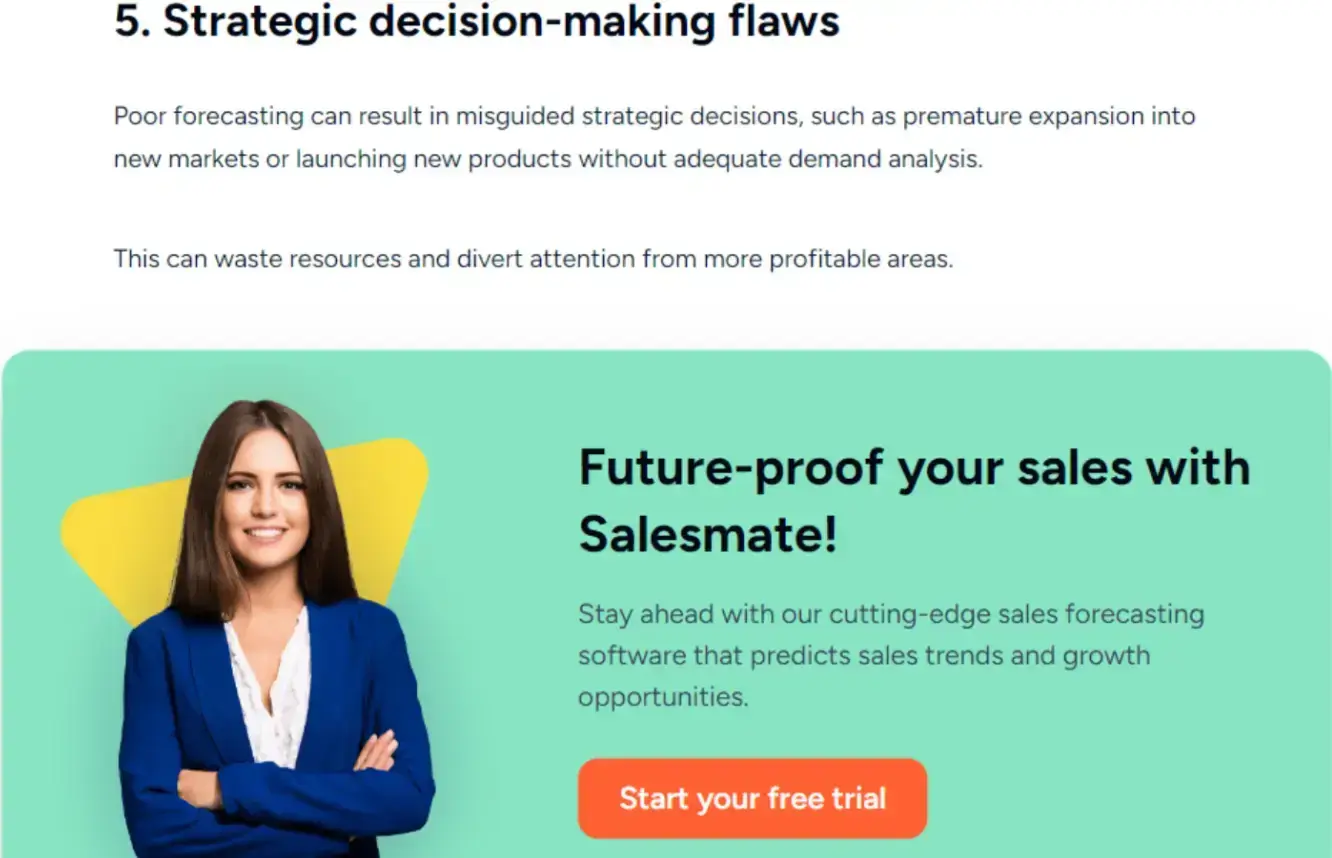
Source: Salesmate
Case studies
Case studies show real-world results and demonstrate how other businesses have benefited from your SaaS solution.
Best practices:
- Highlight problems and solutions.
- Include data to demonstrate measurable results.
- Add client testimonials for credibility.
- Use visual design to enhance readability.
Whitepapers
Whitepapers provide deep, research-based insights to capture serious leads.
Best practices:
- Choose relevant, industry-specific topics.
- Back claims with solid data.
- Include CTAs like contacting a sales assistant.
2. Social media marketing
Social media marketing helps connect with your audience across platforms such as LinkedIn, Twitter, and Facebook.
Using LinkedIn, Twitter, and Facebook
LinkedIn is ideal for B2B marketing—ensure your company profile is optimized and up to date. Maintain a consistent content workflow and post regularly.
Twitter marketing allows quick interactions and real-time engagement. Facebook is great for building communities and trust. Keep your page updated with engaging visuals and a clear CTA.
3. Email marketing
Email marketing remains one of the most effective lead-generation channels for SaaS.
Place sign-up forms prominently and use email segmentation to send relevant content to different email list segments.
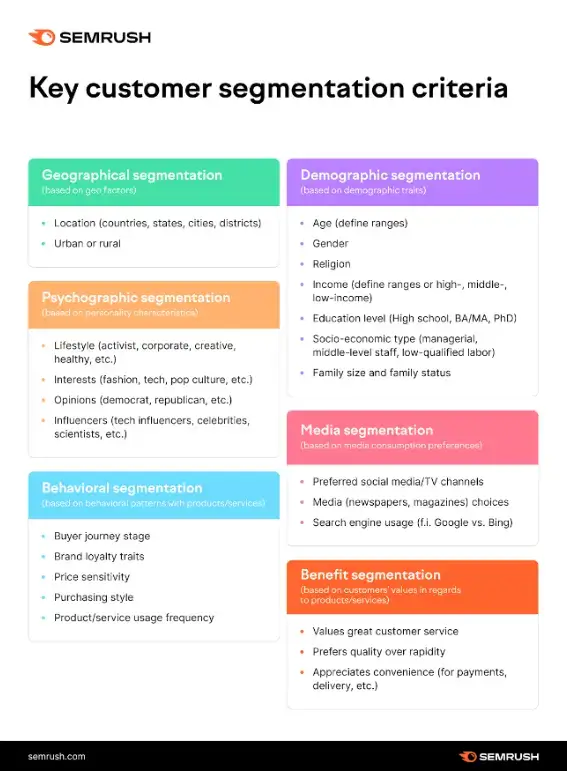
Source: Semrush
4. Search engine optimization (SEO)
SEO is vital for attracting organic traffic to your SaaS website.
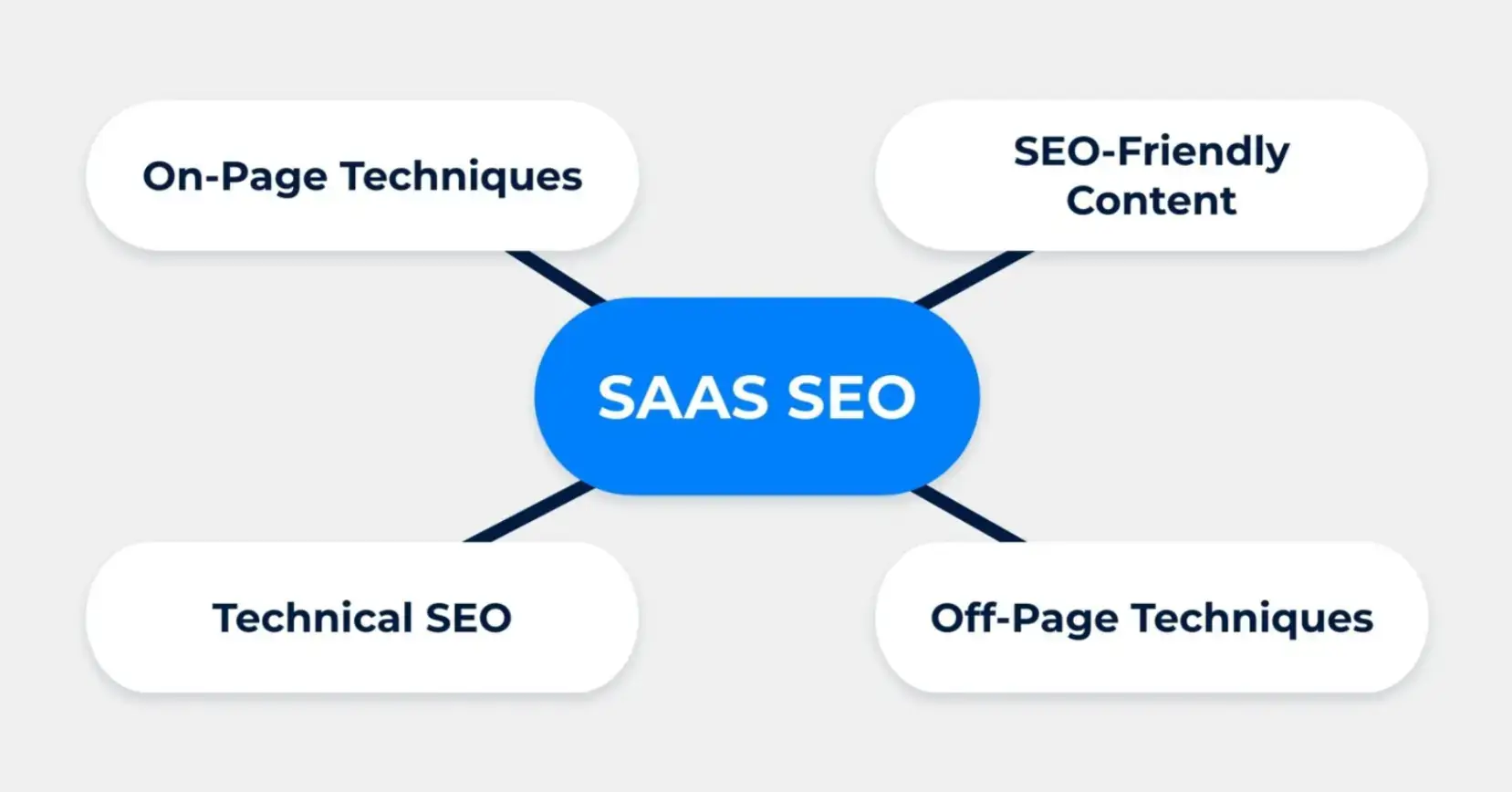
Source: Helium SEO
Localization for SaaS ensures content resonates with global audiences—see this guide. Use SEO tools like Ahrefs or SEMrush for keyword research.
The AI Overview study shows which keywords appear in new Google AI search results, helping shape your SEO plan.
Focus on:
- Optimized titles and meta descriptions
- Clear heading structure (H1–H3)
- Internal linking to related content
- Quality backlinks to build domain authority
5. Outbound lead generation strategies
Cold email campaigns help you reach leads who haven’t interacted yet. Define your ICP and build targeted lists using LinkedIn or industry databases.

Source: Close
A successful cold email should be concise, personalized, and CTA-driven.
6. Cold calling
Cold calling remains a direct and effective outreach method.
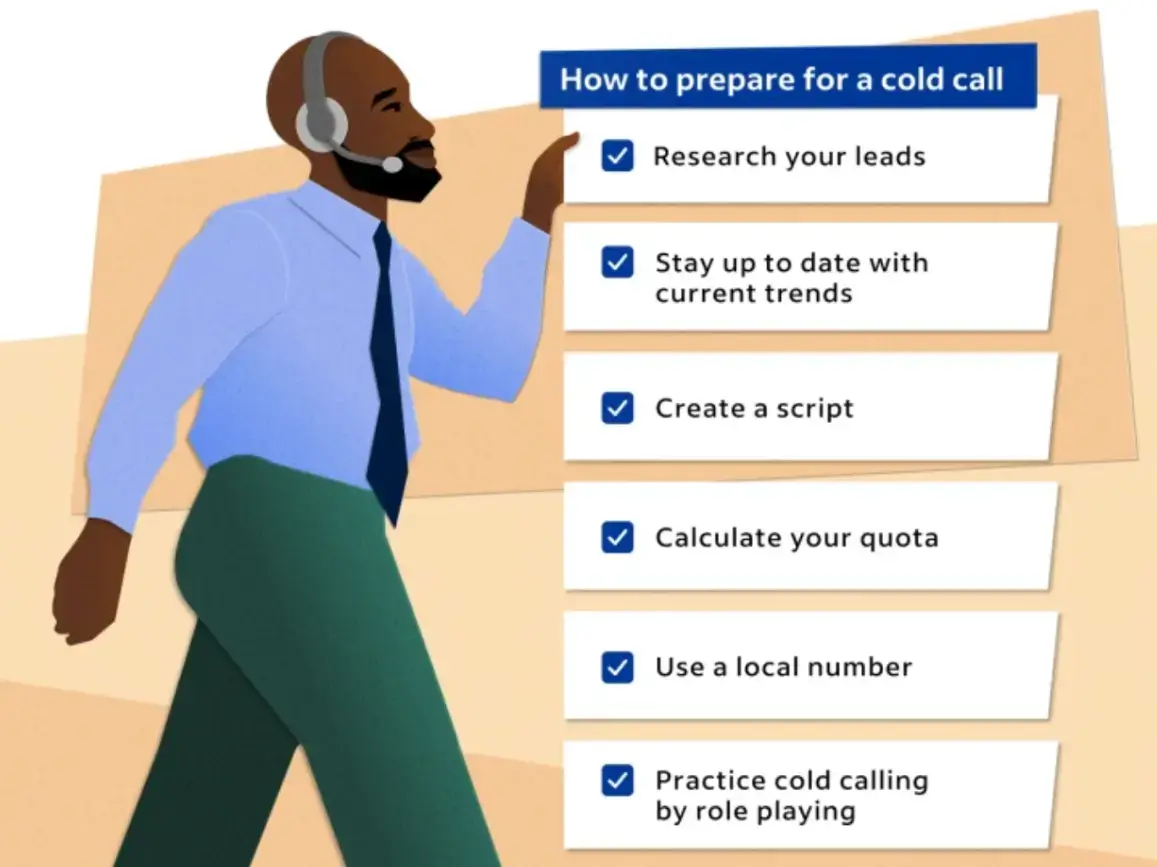
Source: Indeed
Open with a professional greeting, identify pain points, and handle objections effectively by demonstrating ROI and value.
7. LinkedIn outreach
LinkedIn outreach is highly targeted for B2B SaaS. Optimize your profile with a professional photo and headline.
Engage thoughtfully using insights from this guide.
8. Pay-per-click (PPC) advertising
PPC is a cost-effective way to bring targeted traffic to your SaaS website. Partner with a SaaS PPC agency to refine your campaigns.
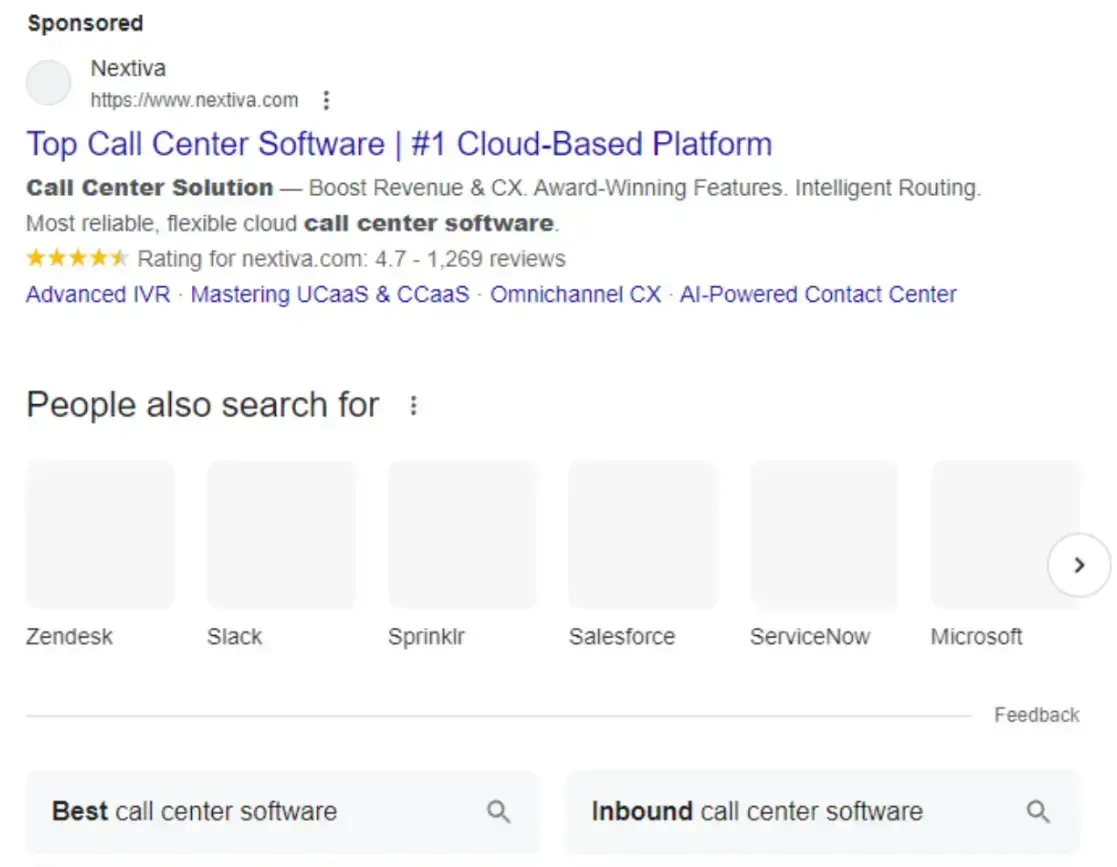
Source: Google
Design relevant landing pages with persuasive copy, testimonials, and mobile optimization.
9. Social media advertising
Social media advertising can effectively reach your ideal audience through Facebook, LinkedIn, and Twitter.
- Facebook: Use detailed targeting and visuals like attractive images.
- LinkedIn: Run lead-gen ads with built-in forms for professional targeting.
10. Retargeting campaigns
Retargeting helps you re-engage users who didn’t convert.
Steps:
- Install tracking pixels (Facebook Pixel, Google Remarketing Tag).
- Segment audiences based on site behavior.
- Create custom audiences for personalized ads.
- Design engaging creatives with dynamic offers.
- Launch campaigns via Google, Facebook, or LinkedIn Ads.
Conclusion
SaaS businesses need a strong lead generation strategy to achieve sustainable growth. By applying the techniques outlined here—from SEO to social media and retargeting—you’ll ensure a healthy, scalable funnel of high-quality leads for your SaaS product.



